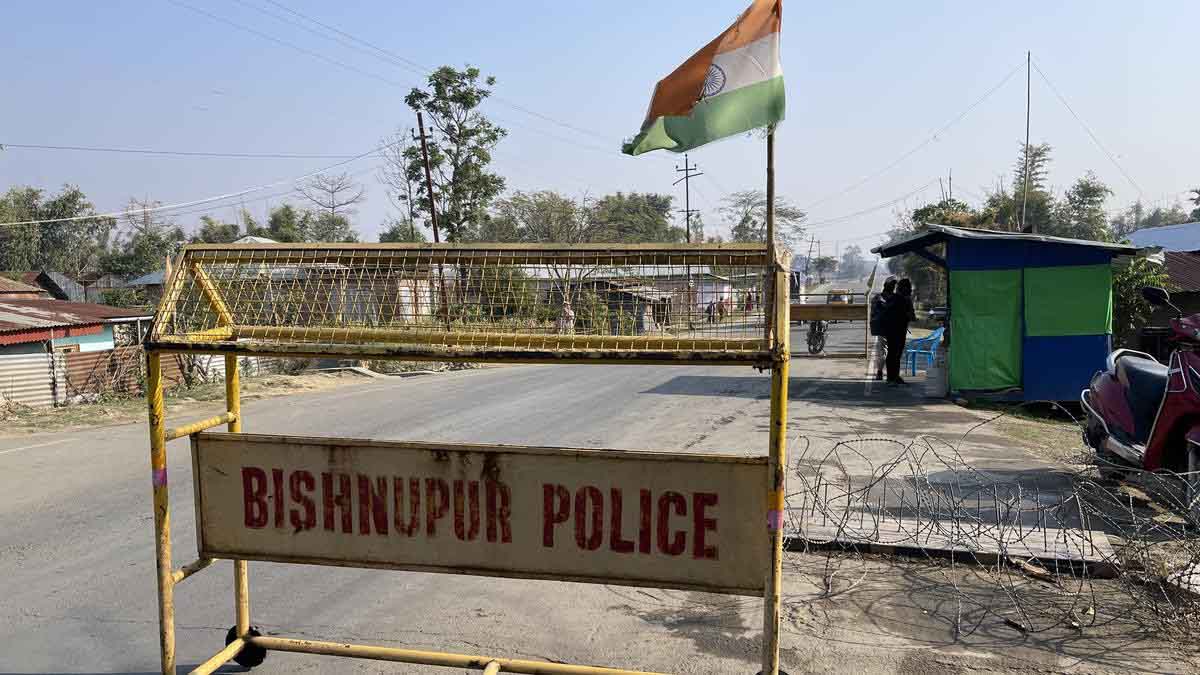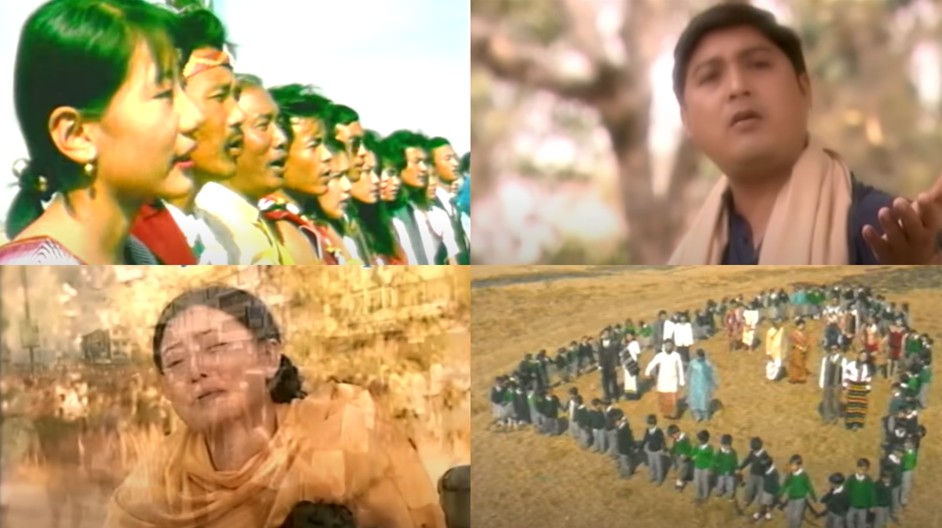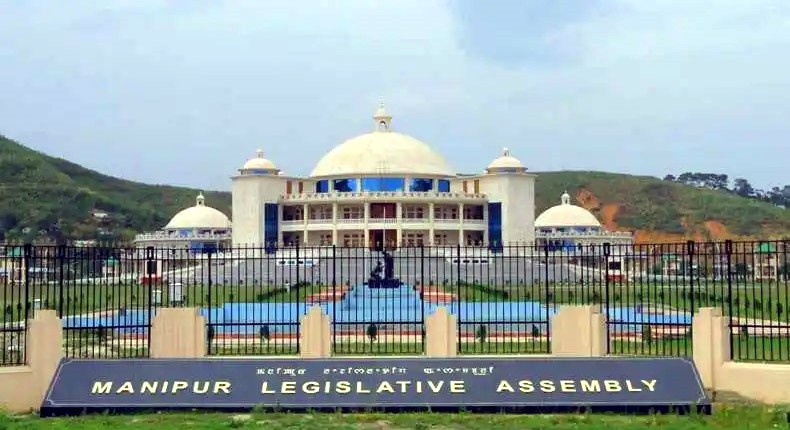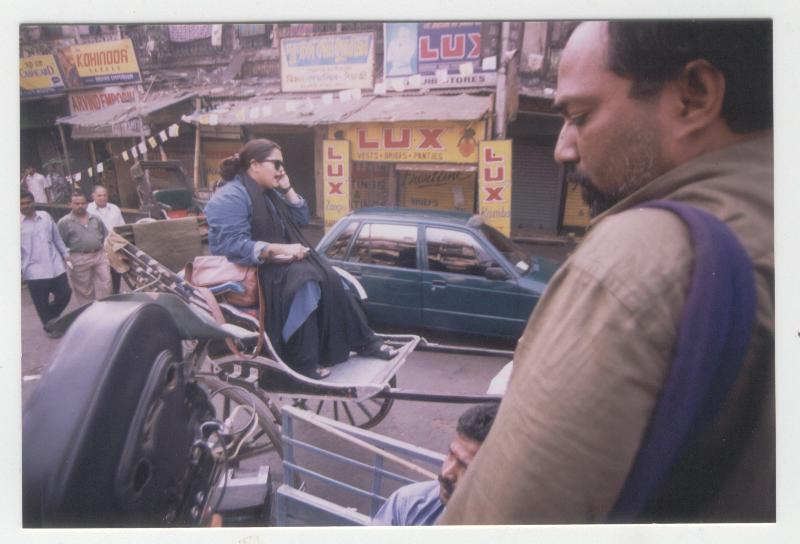Even after the promulgation of President’s Rule in Manipur with effect from February 13, 2025 and the Union Home Minister Amit Shah’s March 1 announcement that free movement on all roads would be ensured from March 8 and actions will be taken against those obstructing it, the “Kuki-Zo” group still bans the Meiteis from crossing the “buffer zones”.
Most recently, the six “Kuki-Zo” tribal organisations, including the Kuki Students’ Organisation (KSO), Kuki Women’s Union (KWU) and Kuki Women Organisation for Human Rights (KWOHR) on April 9, 2025 issued a statement warning Meiteis not to cross the ‘buffer zone’ for the Cheirao Ching Kaba, an aged-old traditional annual event of the Meiteis to climb the Thangjing Hill as a part of the celebration for Cheiraoba, the Meitei New Year that falls on April 14 for this year.
“Unless and until a political settlement is reached by the Government of India for the Kuki-Zo-Hmar community under the Constitution of India, no such friendly approach to the jurisdiction of Kuki-Zo-Hmar land would be allowed for the Meitei community,” the joint statement of the six organisations asserted.
They said each community must maintain the status quo and respect the “buffer zone” to avoid escalation of the violent conflict, which has been at least in check since President’s Rule was imposed in Manipur in February.
The organisations cautioned any attempt to cross the buffer zone would be “opposed tooth and nail”. They also urged the government to take measures to safeguard the interests of the two communities caught in the violent conflict that erupted on May 3, 2023, killing more than 260 people and displacing more than 61,000 people who are still languishing in relief camps.
It may be mentioned that amidst the violent conflict, the “Kuki-Zo” groups in January 2024 installed a large Christian cross at the Thangjing hill sporting a shrine that Meiteis consider sacred and ancient.
Enforcing their position, hundreds of “Kuki-Zo” women on April 13, 2025 staged sit-in protests across “buffer zones” in Manipur’s Churachandpur district, blocking Meitei pilgrims from trekking to the sacred Thangjing Hills for the annual Cheiraoba festival.
According to reports, the main protest was held at New Zalenphai, with women lining the roads carrying placards and raising slogans. They demanded protection of the “buffer zones” and political recognition for the “Kuki-Zo” community. Similar demonstrations were also reported in Gothol and Khousabung. The protesters said Meitei pilgrims should not be allowed to enter what they claim as “Kuki-Zo territory”. The banner of the sit-in-protest reads, “WE WILL NOT ALLOW ANY MEITEIS IN KUKILAND, UNTIL A POLITICAL SOLUTION IS ARRANGE(D) FOR US”, and “Respect Buffer Zone”.
Notably, a buffer zone is generally created between two nations or between two international borders to keep two forces away from any type of conflict.
However, surprisingly, within few weeks of the violent conflict, the Central Security Forces including Army and Assam Rifles had created kilometres of ‘buffer zones’ in and around four sensitive districts of the State where Kuki-Zomis and Meiteis – the two communities involved in the violent conflict – live.
The “buffer zone” in Manipur is a narrow strip of land separating the Central Valley settled mostly by the Meiteis from the hills, which are inhabited by the Kuki-Zomi tribes.
It is said according to a senior officer of a Central Security Force camping in the State that the idea behind creating ‘buffer zones’ is to ensure that Meiteis and Kuki-Zomis remain confined to their villages and do not attack each other. The “buffer zones” include a demarcation for the community, multiple police outposts and regular patrolling at the most sensitive spot.
Unfortunately, in Manipur, the police and administration have also been divided as the State Government has removed or transferred almost all senior Kuki-Zomi and Meitei officers from their respective positions.
On July 4, 2023, News 18 quoted a Senior Officer of the State Government as saying, “Apart from creating a geographical buffer zone, there are also some administrative buffer zones created. To keep the system neutral and get the government machinery to stay out of any ethnic influence, officers from other states have been sent to Manipur. We are just trying to minimise internal conflicts in the administration.”
“There is no mingling between communities. Distrust is running very high. People are still angry. The economy has gone down, there is no income. Businesses are shut. Supplies are running out. But we are surprised to see that people are not fatigued yet. They are not frustrated with blockades and such mindless violence. This is a unique situation, none of us has experienced it before,” report quoting a senior officer of the Central Security Force said.
Manipur has been gripped in violent conflict for almost two years. Multiple security forces, including the Indian Army, the Assam Rifles, the Border Security Forces (BSF) and other paramilitary forces including Central Armed Police Forces (CAPF) besides State Security Forces including Manipur Police (MP), Manipur Rifles (MR) and India Reserve Battalions (IRB) estimated to be more than a hundred thousand are deployed in Manipur with an estimated population of roughly three million to maintain peace and security. And yet, the State has been more divided than ever. Meiteis are not allowed to move on the National Highways and access even to their sacred places of worships whiles the Kuki-Zomis still reluctant to catch flights from Imphal Airport.
With the imposition of President’s Rule, the Union Home Minister announced the free movement of people on all roads particularly National Highways 2 and 37, which connect Manipur Central Valley to Nagaland and Assam respectively, with effect from March 8. However, Kuki-Zomi groups oppose the announcement. Violence was reported in the district of Kangpokpi, leaving one protester dead and 40 others, including 27 security personnel, injured on March 8. The Government cannot control the Kuki-Zomi highway blockaders and no report of action against those perpetrators of violence on March 8 yet. And the Kuki-Zomi groups still vehemently oppose movement of the Meiteis even on the National Highways.
The “buffer zones” allow the division not only among citizens of the same country but also among security forces and bureaucrats, even judiciary.
It was evident during the March 22 visit to Manipur by a delegation of Supreme Court judges. Justice N Kotiswar Singh, who is from the Meitei community, was not allowed to visit Churachandpur due to objections from a lawyers’ body there. Unfortunately, solidarity from other SC judges with Justice N Kotiswar Singh was also not there. The other SC judges would have cancelled their visit emphasising that they are non-racial and non-sectarian Supreme Court judges.
Even though Manipur has seen multiple levels of insurgency, ethnic conflicts between Kukis and Nagas, Kukis and Paites, in the past, this is the first time when the people have been asked to stay confined in their own villages by establishing “buffer zones” by the Central Security Forces. Installation of security barricades to easily check armed miscreants is a different thing and acceptable to all.
As long as the Government and its security agencies enforce the “buffer zones” legitimises and encourages the Kuki-Zomi occupation of a swathe of Manipur and control of National Highways as their exclusive territory.












